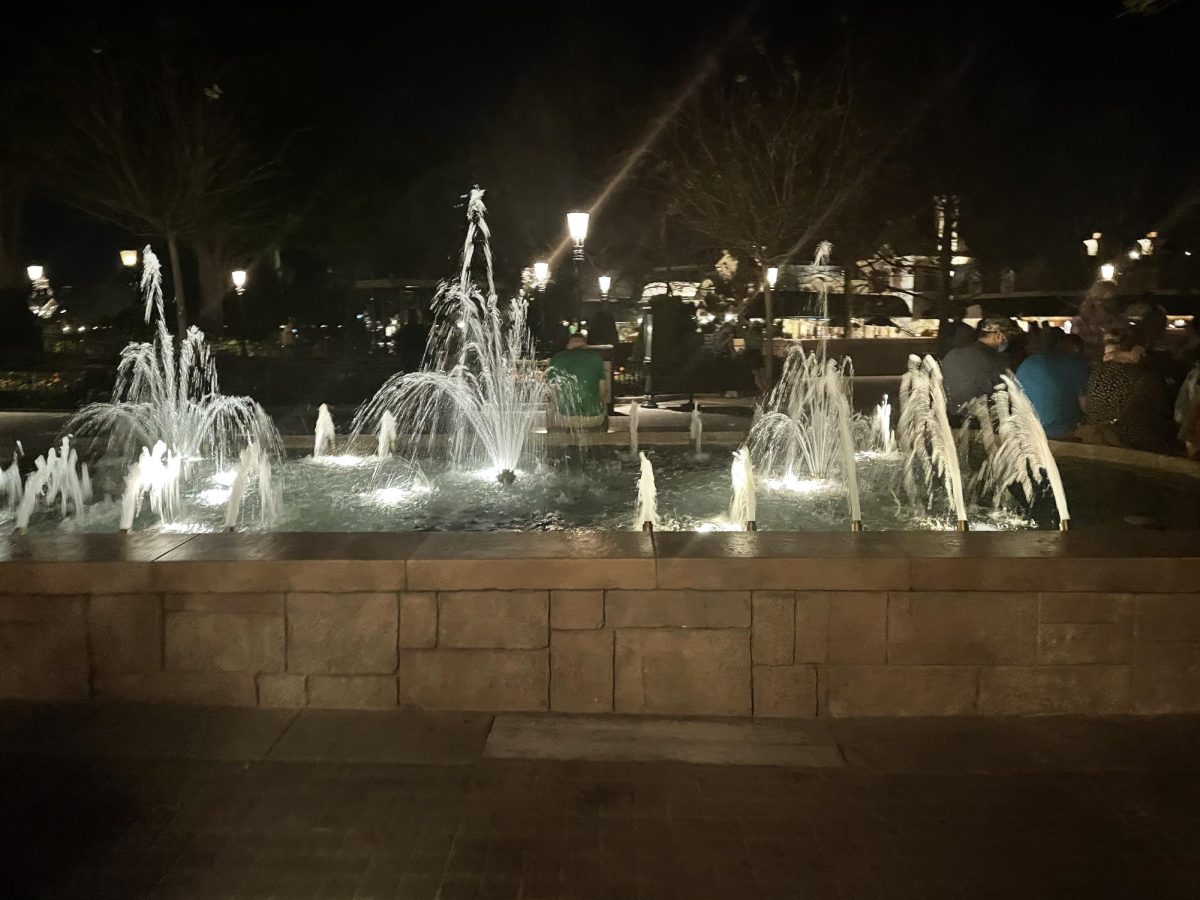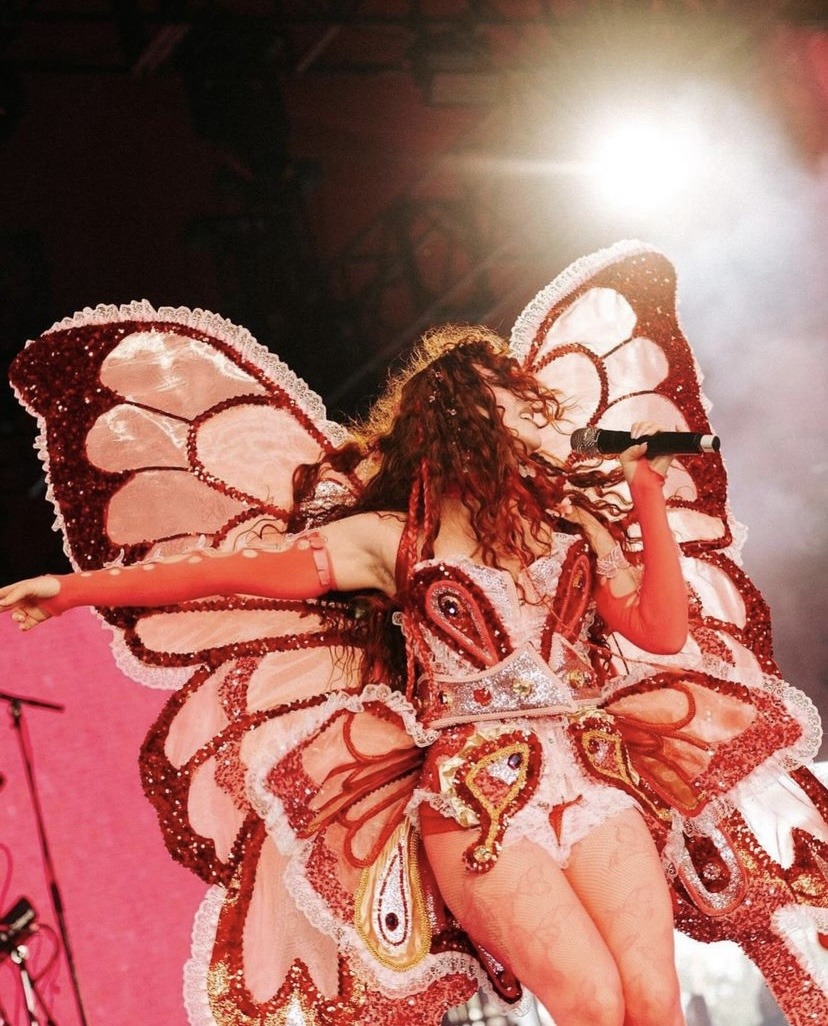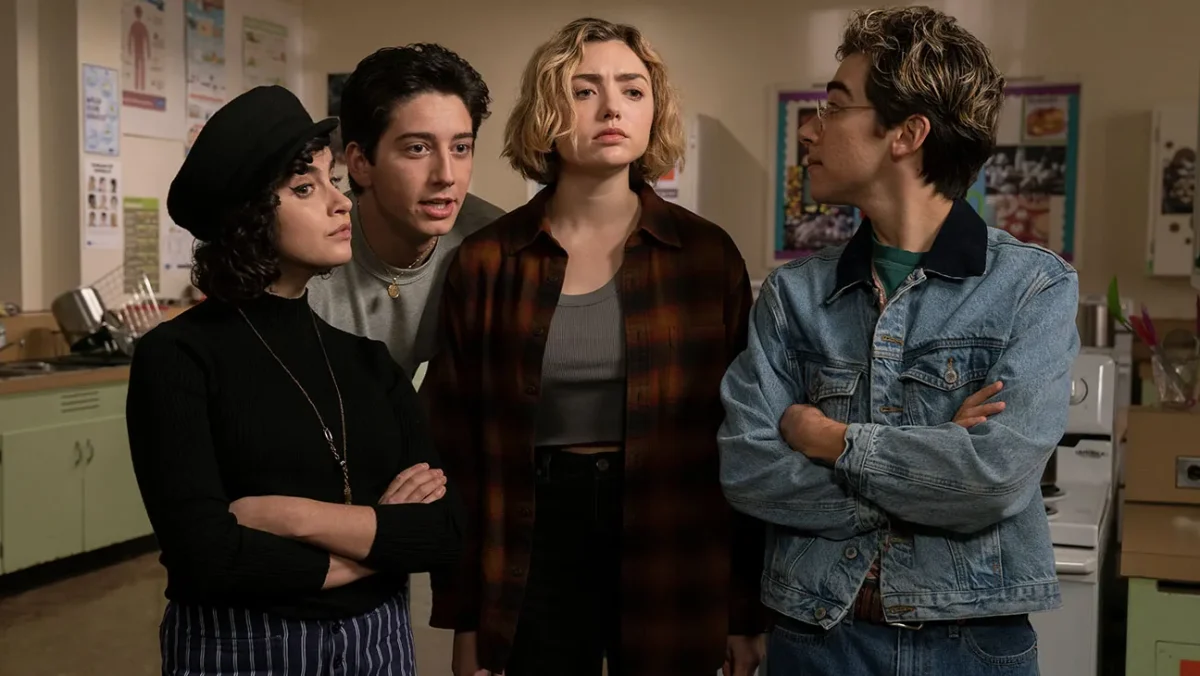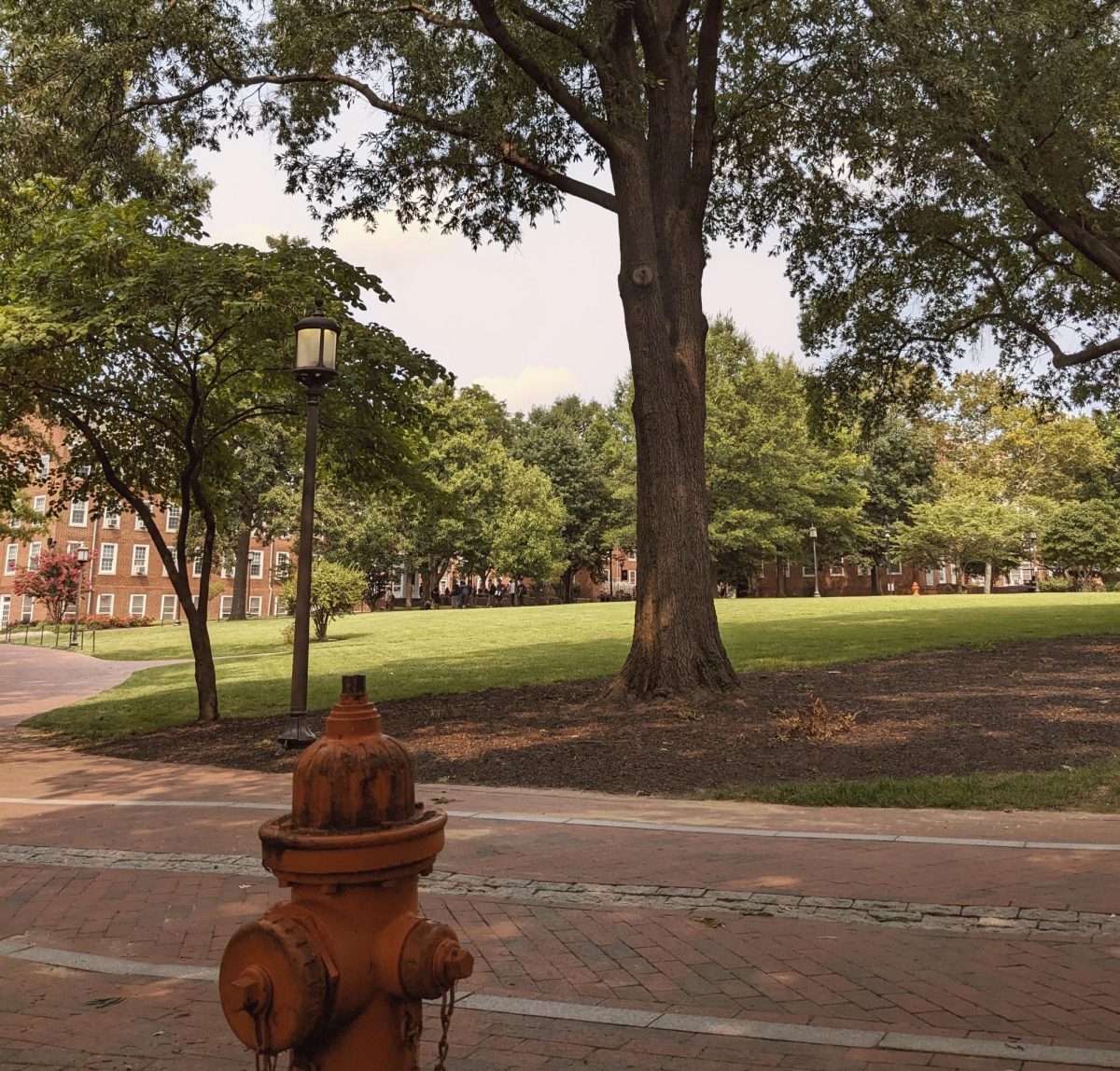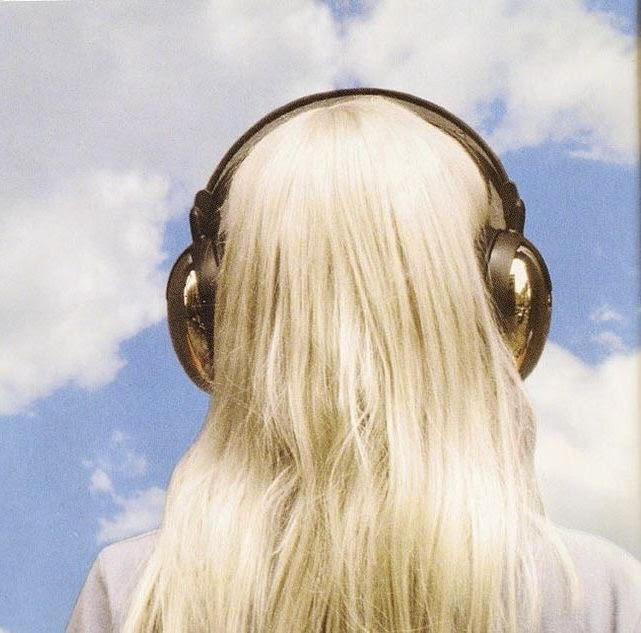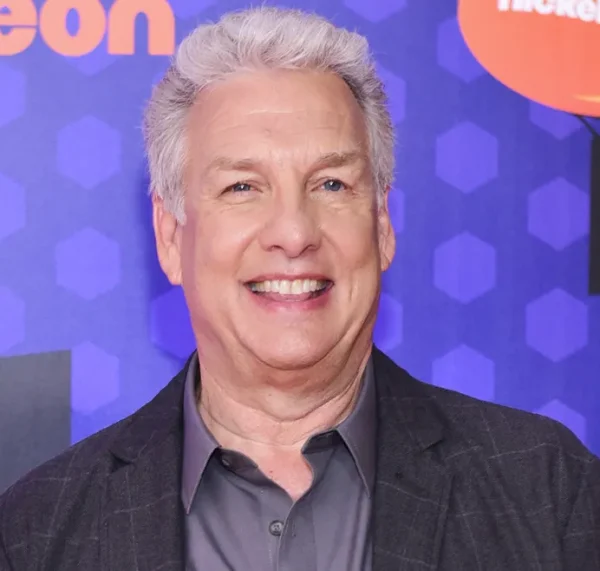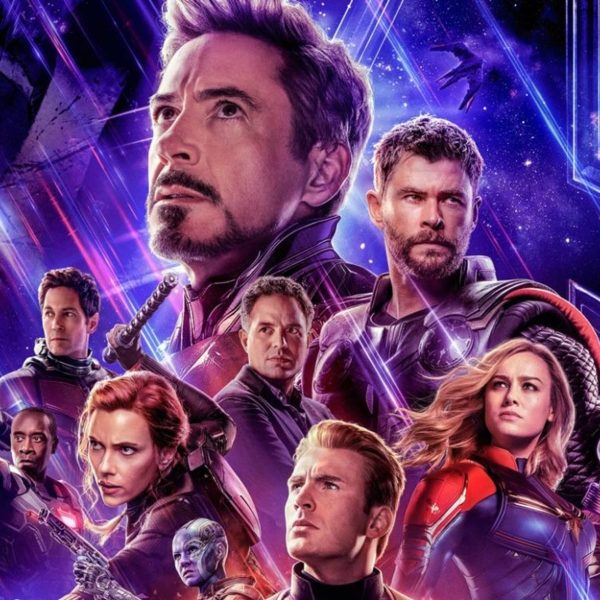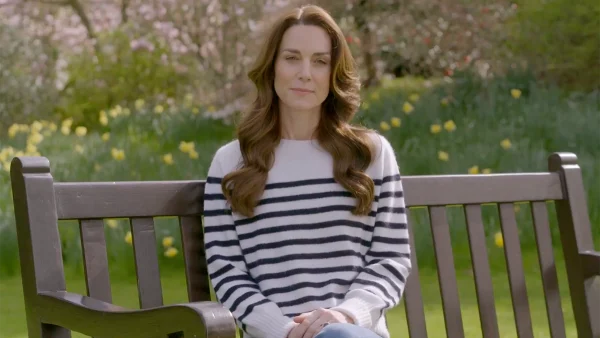Orca whales should be swimming in the ocean, not a fish tank

“Killer whale kills trainer at Orlando’s Sea World: A veteran trainer at Orlando’s SeaWorld was dragged underwater to her death on Wednesday in the jaws of Tilikum, the oldest and largest killer whale in captivity, as horrified onlookers watched.” – NY Daily News 2010.
It’s eight years later, and the tragedy of a captive orca whale, responsible for the death of 3 human lives, still lives on. While the death of SeaWorld trainer Dawn Brancheau seemed to be a horrific event, employees at SeaWorld refused to discontinue the live whale shows that took her life. They refused to discontinue the performances that killed three trainers at the jaws of a captive killer whale.
Now it’s 2018, and SeaWorld has officially decided to cut the killer whale performances and captive orca breeding. But despite the discontinuation, there are many questions that still need to be asked. What provoked a friendly whale to kill a senior trainer? What kind of life does the whale live as it’s bred in a 350-foot tank? Does that correlate to the vindictive behaviors leading to the death of three experienced trainers? All three questions lead back to one topic that is very near and dear to my heart: orca whales should live in the wild, not captivity.
Orca whales range from being 16 to 26 feet in length and can weigh up to 12,000 pounds. A creature that large deserves to be swimming freely in the ocean. A creature like that does not deserve to be confined to a 350-foot tank in SeaWorld. What kind of quality of life does that leave for a whale of that magnitude, trapped in such a small tank? It’s completely inhumane in all aspects.
After a thorough investigation about the death of a SeaWorld trainer, a conclusion was made that in captivity, the orcas had a low quality of life and that contributed to the near-death experiences and deaths of multiple SeaWorld trainers. In a recent documentary called Blackfish, experts examined all of the possible causes of these deaths. The one that makes the most sense has to do with captivity. They proved that the orcas in SeaWorld are not living acceptable lives.
Orcas are trapped in a swimming pool when they should be swimming wild for hundreds of miles each day. It’s almost as if the orcas are paying for a crime in prison that they didn’t commit. They didn’t ask to be put in a small tank. They didn’t do anything wrong. Whales are not meant to be kept in a space that small. They are meant to be out in the ocean. It’s understandable that after years of being confined to a small space they snap and take it out on the closest and the easiest target they can: the trainer.
Not only is the size of the captivity small, but the documentary revealed brutal training methods. Food deprivation is the primary source of training and again that seems inhumane and an example cruel punishment. I’m not saying that Seaworld deprived whales of the food they needed to survive. The whales were fed just the right amount they needed to continue to live. Instead, after watching the documentary and reading countless articles, it seems that food withholding was used as a motivator to keep the whales hungry enough to want to perform for fish rewards. This is commonly known among trainers as “working weight.” In the documentary, it talks about the day that trainer Dawn Brancheau was killed. They said she didn’t have enough fish left over to reward a whale named Tilikum. Because Tilikum was hungry and needed fish after working hard, he snapped and took Brancheau with him.
In addition to food withholding and captivity space sizing, orca breeding is also another factor that was brought to light in the documentary. People were sent out into the ocean to capture whales and bring them to parks for breeding purposes. Orcas travel in packs with their families. Separating a baby orca from its mother is as bad as taking a newborn baby from its family. In the parks, orca’s were separated quite frequently, due to a need for more whales in other parks. It’s heartbreaking for me to watch this documentary and see the emotional pain these whales were in when separated. It was hurtful and certainly not humane. While these parks say that they have the animals best interest at heart, it’s clear to me that they don’t.
Although, in recent years, Sea World and other parks have changed their policies. SeaWorld agreed to stop breeding killer whales and they have new rules set in place to ensure the safety of the trainers.
But what’s hard for me to understand is how the live shows continued even after all of the complaints, articles, and lawsuits against the park. The problem began with the whales. If the whales are kept in captivity and being subject to food withholding, of course, they will act out. They are wild animals. All I am saying is that I think it’s in the best interest of everyone to stop orca whale captivity altogether. They live happy lives in the ocean and who are we to take that away from them.

Payton is a senior and entering her fourth year on staff. Aside from writing for TCT, Payton dances with the Grand Rapids Ballet Company as a trainee....















